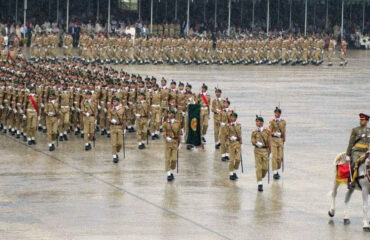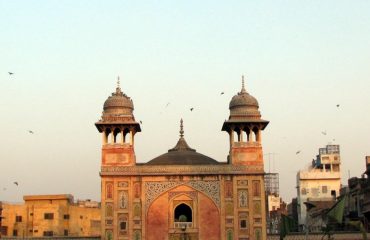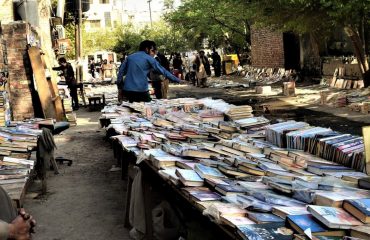The architecture of the walled city of Lahore reflects the cultural traditions of our ancestors. In fact, these heritage assets are all that we have to understand the customs and traditions of the people that lived before us. The Mughals, Sikhs, and even the British people have all resided in Lahore in the past. The historic beauty with all these grand architectural structures, painted walls, and old monuments represents the cultural values of people belonging to different cultures, races and religions. Each building built in the past resonates with the traditions and living ways of each civilization.
Similarly, these buildings within the walled city of Lahore are the blend of Western and Islamic designs. The main and important thing about the architecture of the walled city of Lahore is that its infused with different cultures and values that captures viewer’s attention.
Famous Places of the Walled City of Lahore
Majority of the architecture of the walled city of Lahore was inspired and adapted from Muslims and there was less influence of other religions like Sikhism, Buddhism, Hinduism. The walled city of Lahore represents the masterpiece of the architecture of the ancient times. The strong thirteen gates of the walled city of Lahore like Yakki, Mori, Mochi, Delhi, Shan’wali, Taxali, Bhatti, and Khizri etc are part of the architecture of the walled city of Lahore. It also has the mosques and havelis present within it, which are becoming Tourist Attractions in Lahore

Photo Credits Pakistan Defence
Remains of Royals
The walled city of Lahore has been secured by building the huge walled around it. It was done by the Mughal emperor Akbar in regard to secure the city. It was dismantled much time but it was recreated by Ranjeet Singh and he also digs the surroundings of the walled city, these surroundings now have beautiful gardens except on the North side of the walled city of Lahore.
Lahore is the city of Mughals and it has been largely ruled over the Mughals. Those Mughals were largely Hindus but after the arrival of Akbar, it was the combination of the Hindus and Muslims. The architect of the walled city is also carried out from Mughals. The mosque of the walled city is large and they don’t have doors in it to get the air inside. Each Mughal emperor has diverse design in the architect but each and every building is unique and worthy in its own way. The tombs and Mosque were also the main part of the architect of the Mughals within the old city. The forts of Mughals clearly exhibits the wealth and power of the Mughals, but they aren’t getting failed in making the other sites amazing.
Conclusion
The architecture of the walled city of Lahore has always attained the attention of the tourist which has also help in improving and generating the revenues of the country and has put in to boost the economy of the country. The architect of the Mughals cannot be compared by any other architecture.




